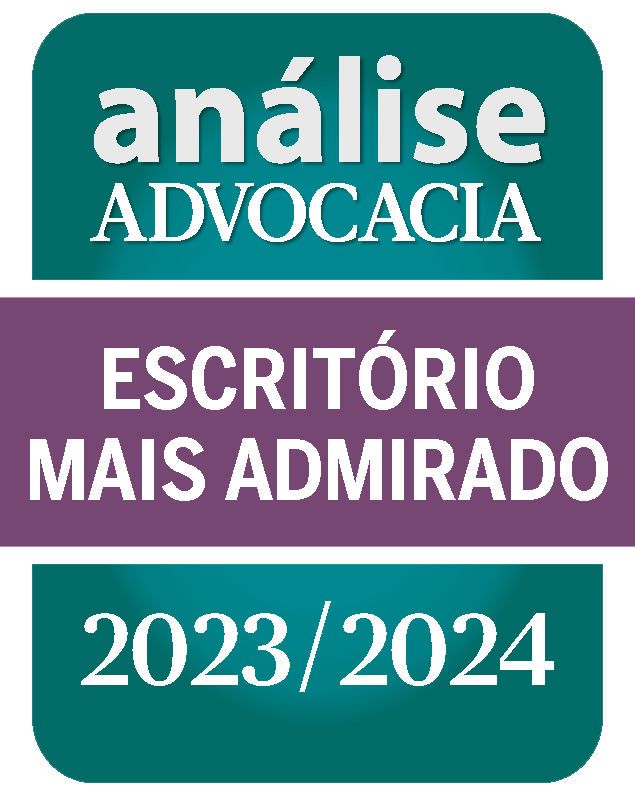Research published by the Brazilian Arbitration Committee (“CBAr”) has found that, between 2016 and 2020, only 2% (two percent) of arbitral tribunals were formed exclusively by women and 48% (forty-eight percent) solely by men. Of the remaining 50% (fifty percent), 40% (forty percent) of the panels were formed by two men and one woman, and 10% (ten percent) by two women and one man. Therefore, the male presence in arbitral tribunals is almost a rule: 98% (ninety-eight percent) of them have at least one male participant.
In procedures that were conducted by a sole arbitrator, the proportion between women and men is 30% (thirty percent) to 70% (seventy percent), respectively.
At first glance, the research shows a gender disproportion in arbitral tribunals. This fact is accentuated when considering that 50.4% (fifty-point four percent) of lawyers registered at the Brazilian Bar Association are women.
However, the annual analysis of numbers indicates that there has been progress, albeit modest. The evolution reflects the engagement of arbitration institutions to reduce such disparity, as is the case of the Center for Arbitration and Mediation of the Chamber of Commerce Brazil-Canada (“CAM-CCBC”).
The research “CAM-CCBC Facts and Numbers”, released in April this year, shows that in 2022 the proportion of women in the institution’s list of arbitrators was 35% (thirty-five percent), which reflects a substantial increase in comparison to 2014, when it was of only 12% (twelve percent). In that same year, the percentage of men and women in arbitral tribunals was of 61.79% (sixty-one-point seventy-nine percent) to 38.21% (thirty-eight-point twenty-one percent).
It is known that, in most cases, the appointment of arbitrators is a responsibility of the parties’ lawyers or, in specific cases, of the arbitral institution itself. The efforts of the arbitral institutions to increase woman’s participation on the arbitral tribunals are reflected in such specific cases: the numbers published in the recent CBAr survey indicate-attest that arbitral institutions tend to appoint more women than men, unlike law firms.
In this line, additionally to all the efforts of institutions and the arbitral community to promote gender equality – as per, for instance, Resolution n. 30/18 of CAM-CCBC –, it is also necessary for law firms to work in favor of such cause.
- O. Baptista, since its beginning and through its founder, Professor Luiz Olavo Baptista, has followed this path. Out of the total staff, 57% (fifty-seven percent) are women. The percentage of female partners is of 43% (forty-three percent), who, worth mentioning, are continuously recognized in the legal market. As an example, Silvia Rodrigues Pachikoski, partner of the dispute resolution team, was recommended by Chambers and Partners and included in the list of “Top Decisores: Managing Partners” prepared in partnership with Leaders League Brazil.
The path is long, there is no doubt. However, year after year, the resulting developments from the joint efforts of the market players has proven to be effective in promoting gender equality in arbitration.
Co-authors: Silvia Rodrigues Pachikoski and Thiago Andere Martins


